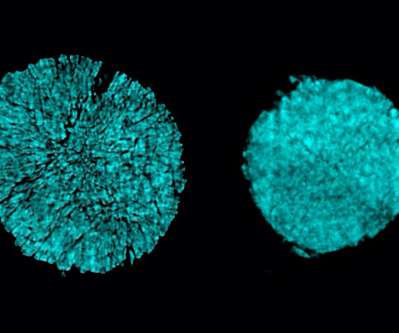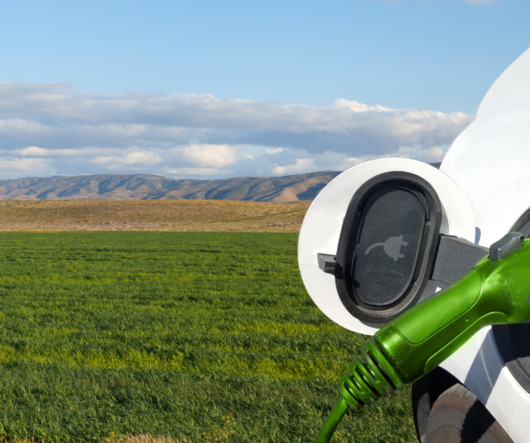AIST Developing New Lithium-Air Battery; Lithium Fuel Cell
Green Car Congress
JULY 27, 2009
Long-term discharge curve of the newly developed lithium-air cell. Researchers at Japan’s AIST (National Institute of Advanced Industrial Science and Technology) are developing a lithium-air cell with a new structure (a set of three different electrolytes) to avoid degradation and performance problems of conventional lithium-air cells.


























Let's personalize your content